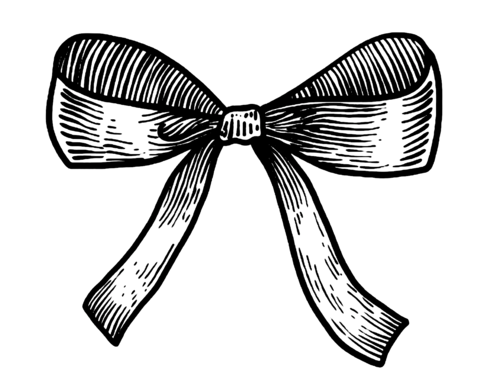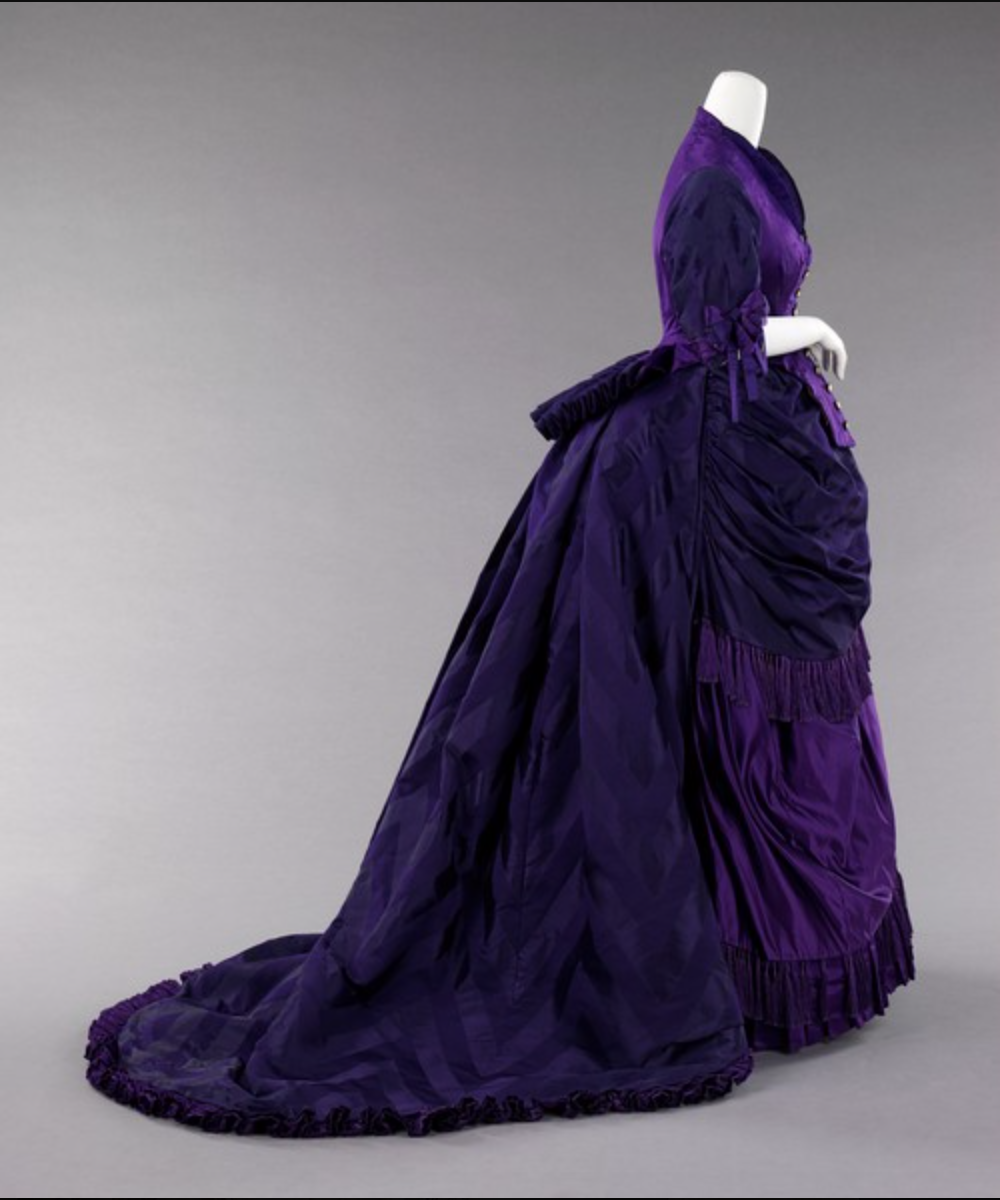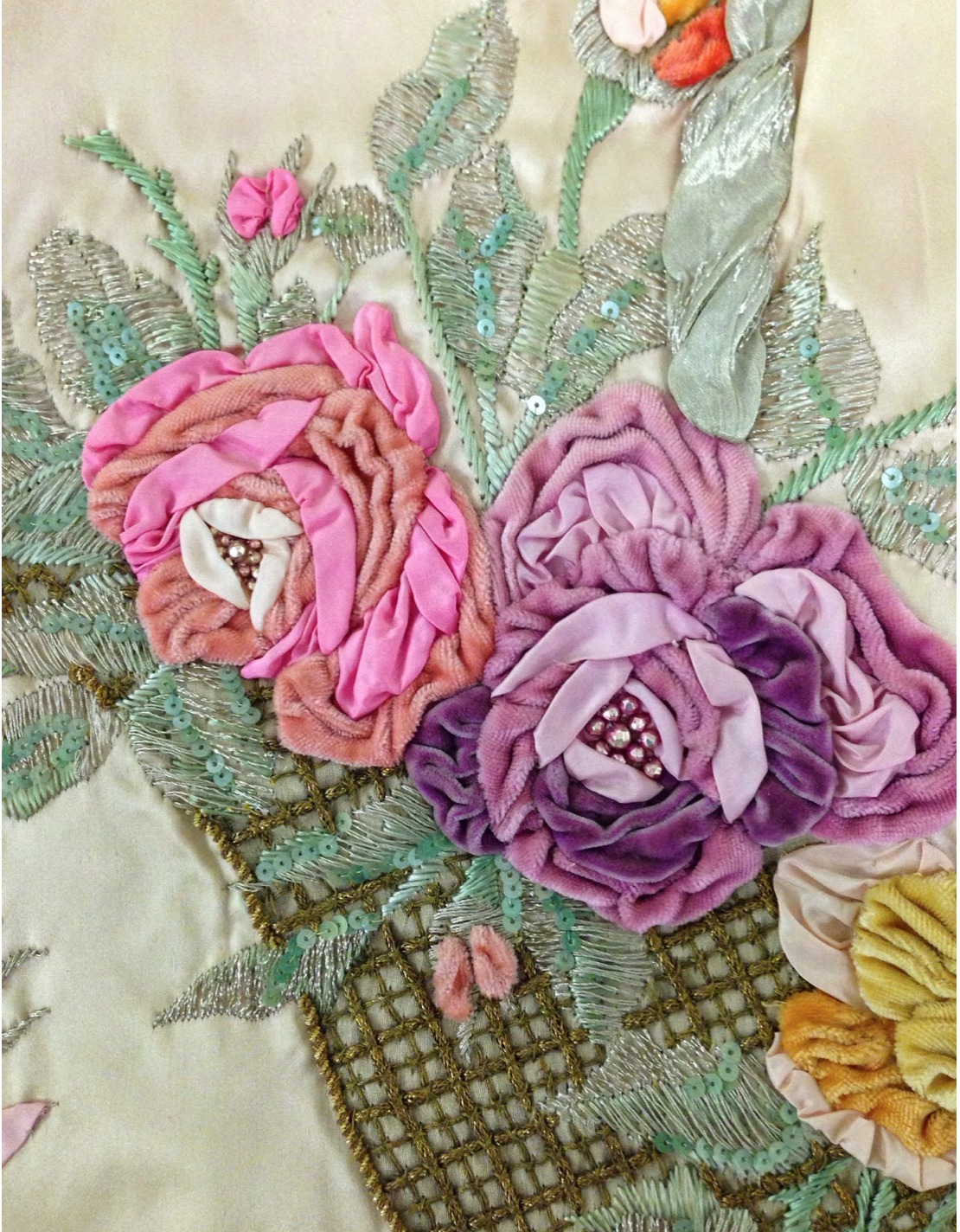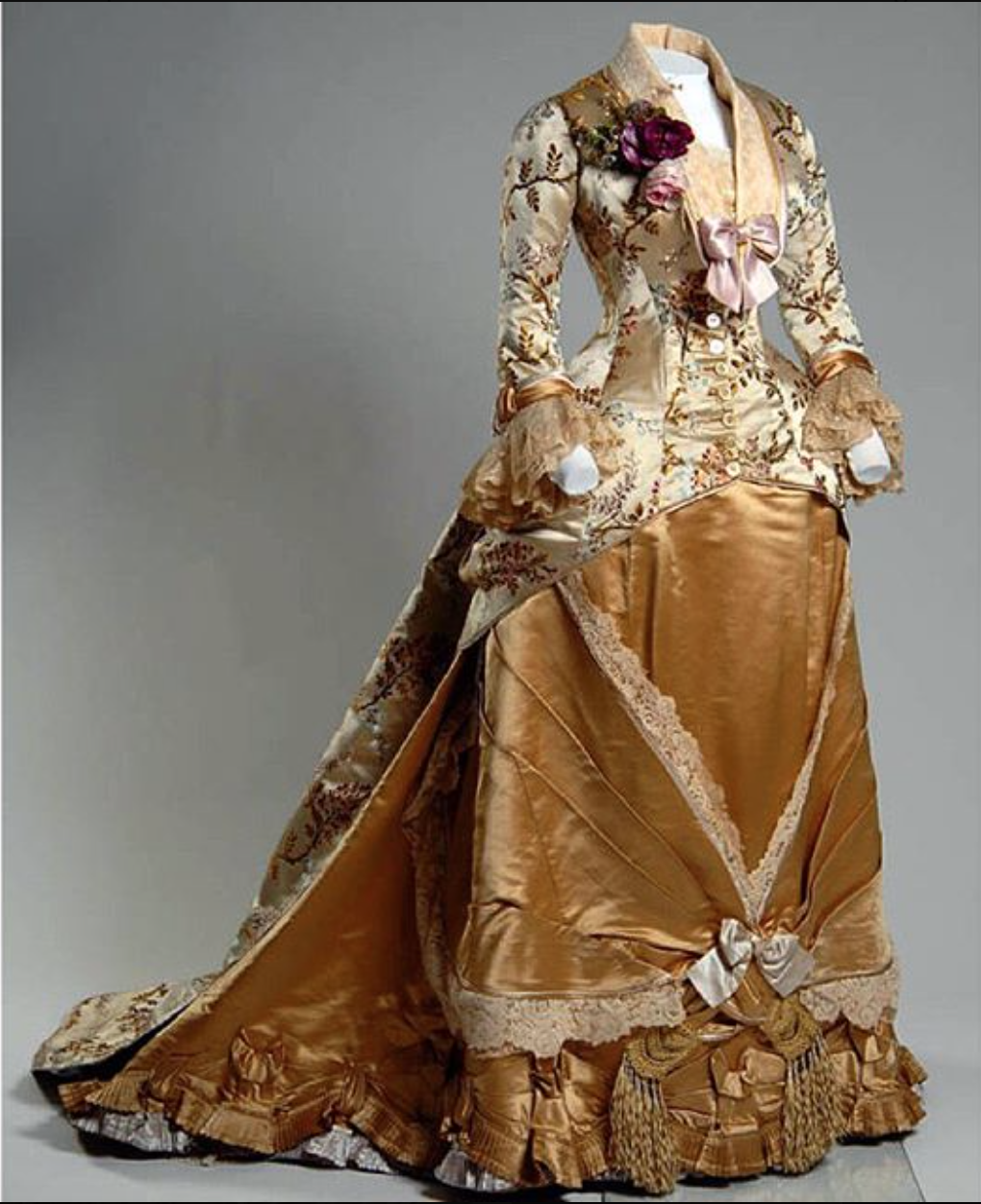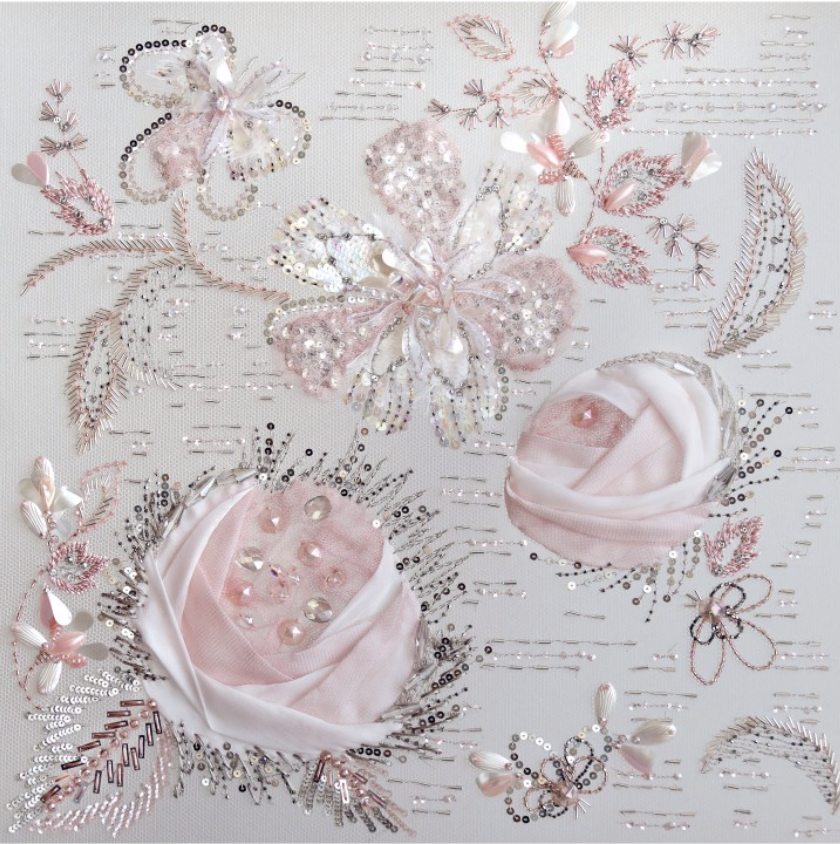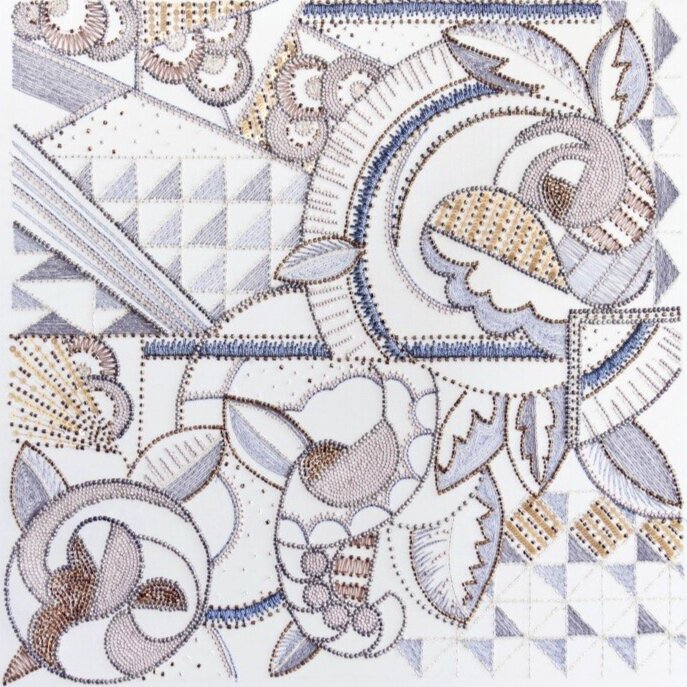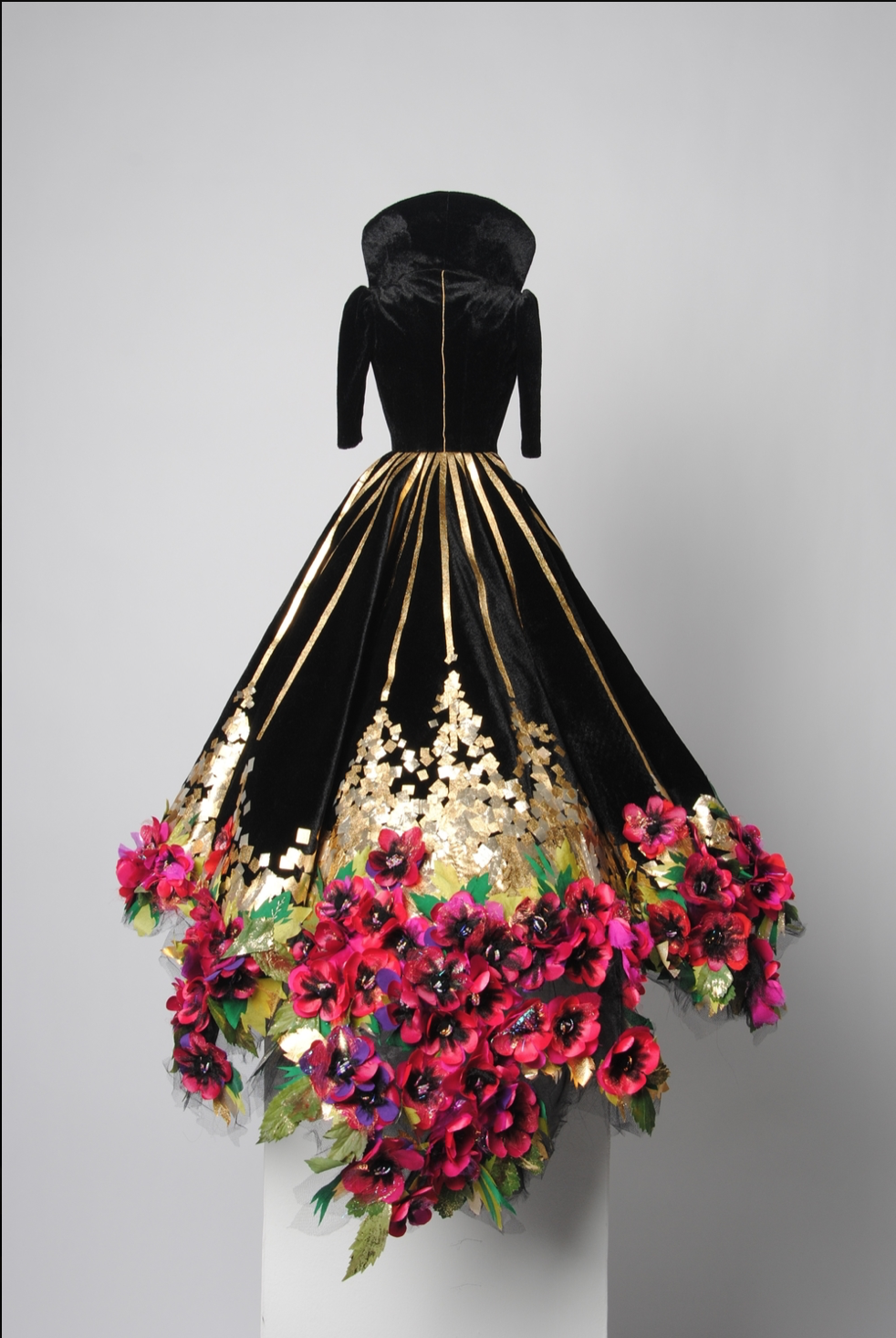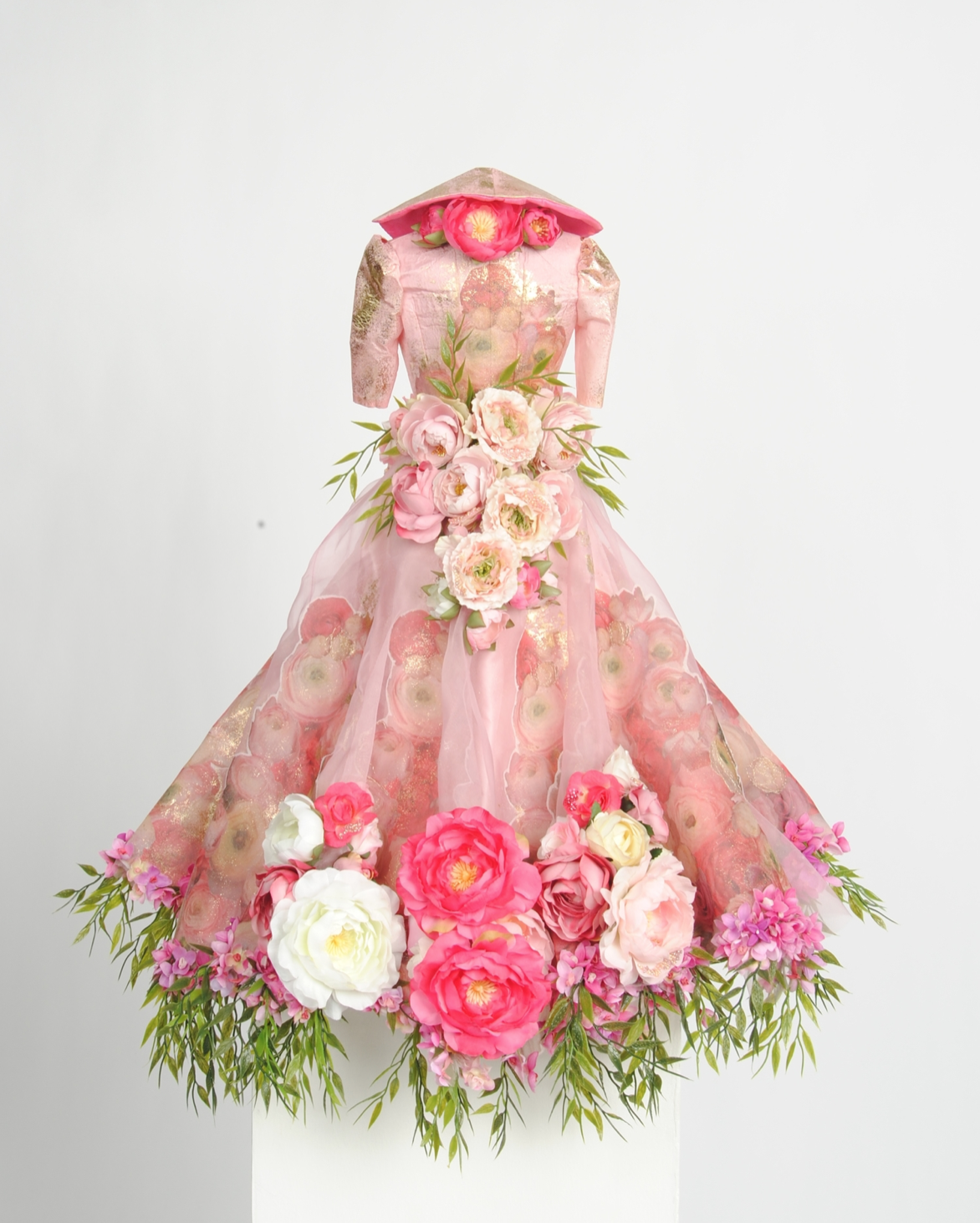Embroidery is to Haute Couture what Fireworks are to Bastille Day
“Embroidery is to Haute Couture what fireworks are to Bastille Day” -François Lesage
Observing a Haute Couture garment up close in a museum or gallery is likely to take your breath away. The genius of design, mastery of skills and perhaps most of all, the hours of time dedicated to the embellishments are awe-inspiring. The garments appear as if from a fairytale, conjured by fairy-godmothers and worn by illustrious princesses and queens. As your eyes pour over every last detail, devouring the sequins, beads, ribbons and lace, it seems impossible that it could be made for a real person. And yet they are made for real people and they are made by real people too. Sequestered in the ateliers of Paris are the most skilled and talented professionals of the couture industry, they were once known as les petites mains, and are now celebrated and revered as artisans and masters of their craft. The names of these ateliers and their specialties have become synonymous with Haute Couture such as Maison Lesage and embroidery.
The story begins with Michonet, an embroidery studio founded in 1858 and renowned for embellishing the gowns of Charles Frederick Worth, Jeanne Paquin and Madeleine Vionnet. When Albert and Marie-Louise Lesage bought Michonet in 1924 and established Maison Lesage, a new star was born in the City of Lights that continues to sparkle and glisten today. They introduced tambour embroidery to the studio using the Lunéville technique which could respond to the voracious demand for beaded and sequinned gowns during Les Années Folles. Collaborations with designers brought innovations such as the Vermicelli technique developed with Madeleine Vionnet and the creative virtuosity of the Zodiac, Circus and Music collections with Elsa Schiaparelli.
In 1949, François Lesage took over Maison Lesage from his parents and he created the embroidered masterpieces for a veritable Hall of Fame of 20th century designers; Pierre Balmain, Cristobal Balenciaga, Christian Dior, Jean Patou, Hubert Givenchy, Yves St. Laurent, Christian Lacroix and Chanel. François opened École Lesage in 1992, to ensure the continued teaching of the craft and heritage of haute couture embroidery. The fairytale story of Maison Lesage has another chapter that will feature in a future article, but for now I thought I’d tell you about my own fairytale experience at Maison Lesage…
The Embroidery Class, Madeleine Lemaire
I spent many happy hours of research in the library of the National College of Art and Design in Dublin while I was studying for my degree in Art, Craft and Design Education. My specialisation was Textile Art and I had the immense pleasure of studying Fashion and Dress History. In the interests of research, I poured over the illustrations of the beautiful Haute Couture gowns created by designers such as Charles Fredrick Worth, the Callot Souers, Edouard Doucet and Emile Pingat. I was inspired by the beauty of the embroidered embellishments and endeavoured to recreate some of the elements of Haute Couture embroidery in my own textile practise. I dreamed of travelling to Paris to learn the skills and techniques from the masters.
In April 2016, having completed my Masters in Textile Art and Artefact, I found myself sitting in the reception of École Lesage, breathless with excitement as I was taken on a tour of the atelier, astonished by the elaborate embroidery of the students who sat quietly absorbed in their work. There was no doubt in my mind that I would be returning to study, the only question was when and how? So I accepted a position teaching Art in Abu Dhabi to save the money for the course and by January 2017, I was registered and had received my schedule. My studies would start in September 2017, with a preliminary course called Discovering the Lunéville Hook which would be followed by the professional training in Haute Couture Embroidery. The first week would be intense with four morning classes introducing the techniques necessary to continue on to the next level. From then on I would have three classes each week on Monday, Wednesday and Friday from 9:30 until 12:30. I could barely wait to start and needless to say, time moved very, very slowly!
My second visit to the reception in École Lesage was even more exciting! My adventure began in earnest when I received my embroidery frame, package of materials and cherished Lunéville hook. Over the next six months I embroidered day and night, perfecting the techniques used by the petites mains. I documented my learning journey each week and described the techniques and materials as well as the challenges, accomplishments, joy and tears. You can read more on my blog Les Petites Mains À Paris.
Finally I graduated as a professional Haute Couture embroiderer and the next adventure began, I was keen to continue developing my skills and the teachers at École Lesage recommended I register with Haute Couture recruitment agencies in Paris and see it as a paid apprenticeship. My first job was working for Chanel and I was incredulous, it felt like my dream had come true! I went on to work for Louis Vuitton, Yves Saint Laurent, Fendi, Dior, Valentino, Givenchy, Thierry Mugler and Céline creating embroidered embellishments for Paris Fashion Week and gowns worn at the Met Gala Ball and Cannes Film Festival by Catherine Deneuve, Beyoncé, Lady Gaga, the Princess of Monaco, Tilda Swinton, Kate Moss, Charlotte Gainsbourg and other celebrities.
I worked alongside embroiderers who had thirty to forty years of savoir-faire at their fingertips and in a whisper I would ask them endless questions and listen to their stories with delight. As I glimpsed at their work across the embroidery frame I saw with my own eyes why it is said with admiration in France that Haute Couture embroiderers have the touch of fairies, les doigts de fée.
